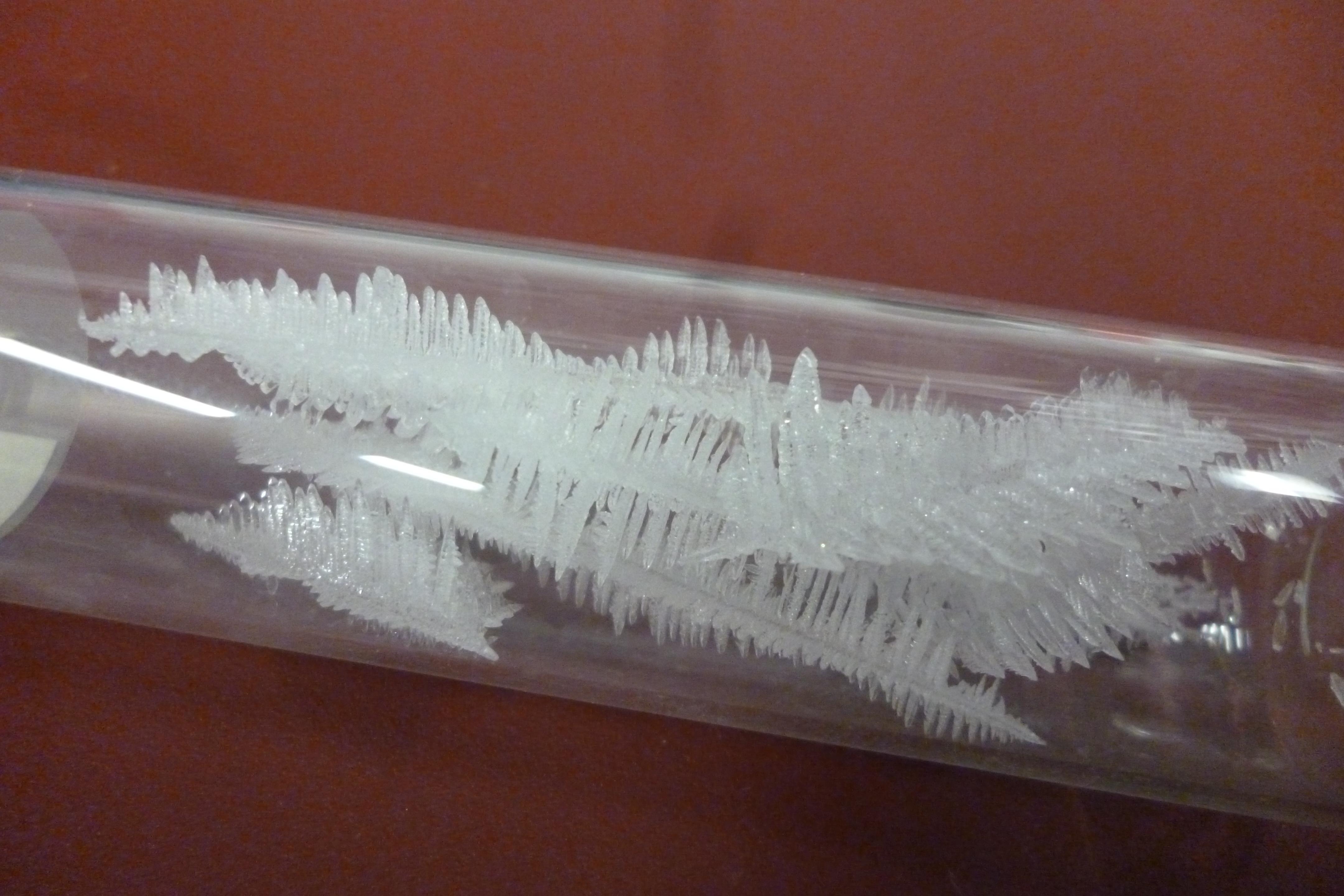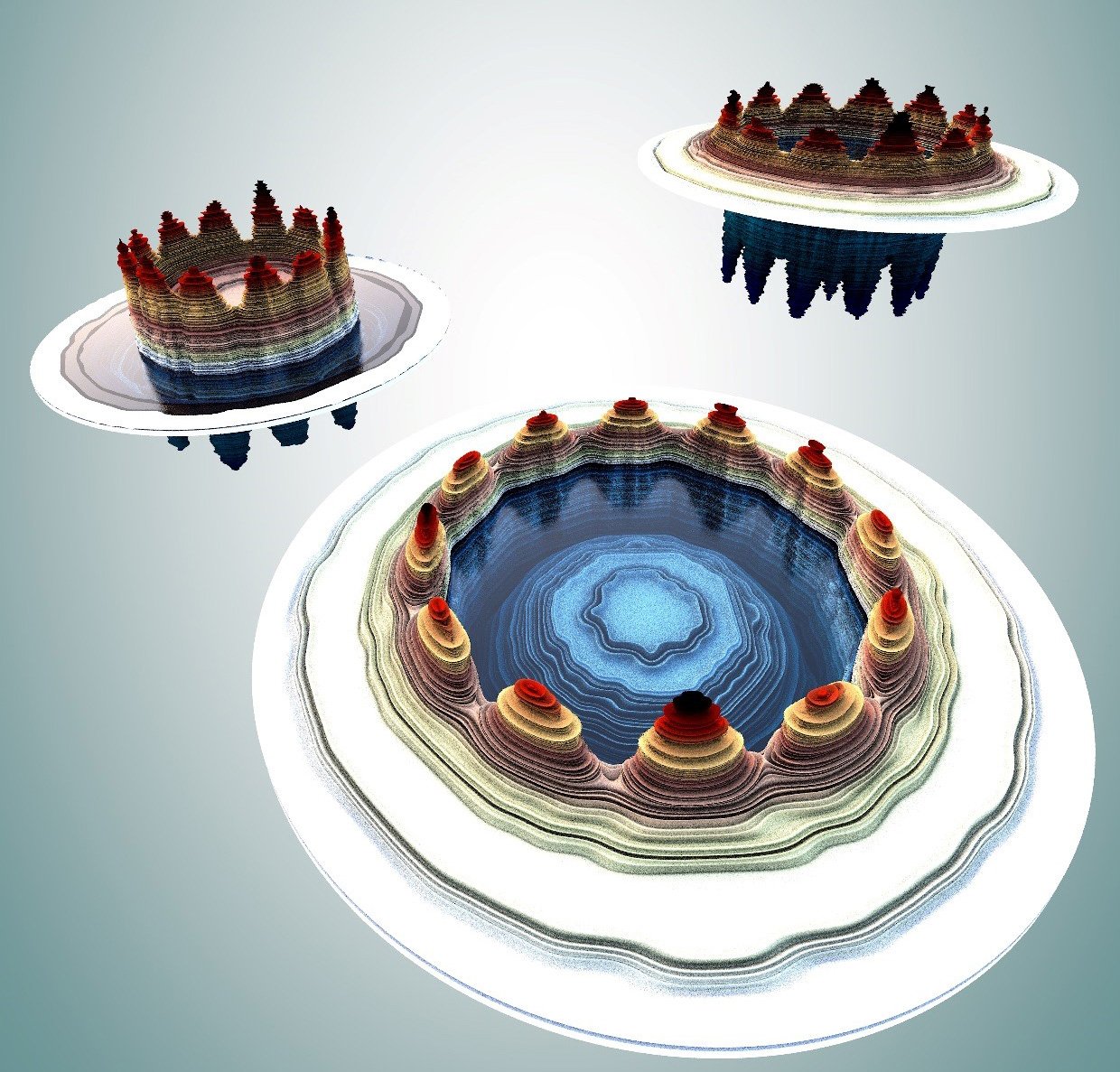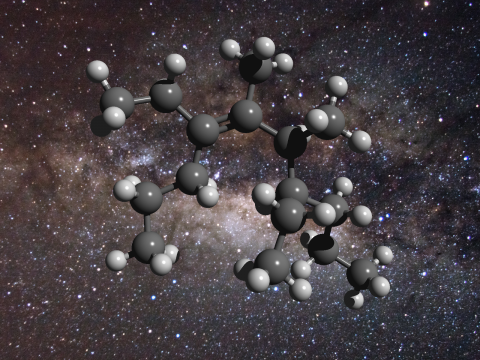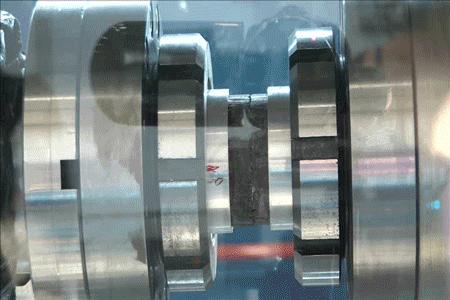The salt of the comet
Under the leadership of astrophysicist Kathrin Altwegg, Bernese researchers have found an explanation for why very little nitrogen could previously be accounted for in the nebulous covering of comets: the building block for life predominantly occurs in the form of ammonium salts, the occurrence of which could not previously be measured. The salts may be … Read more









